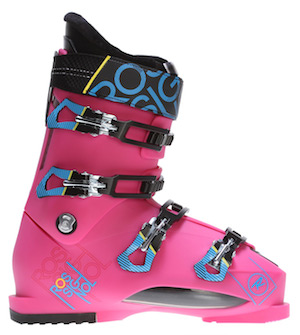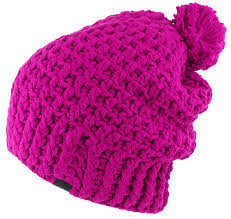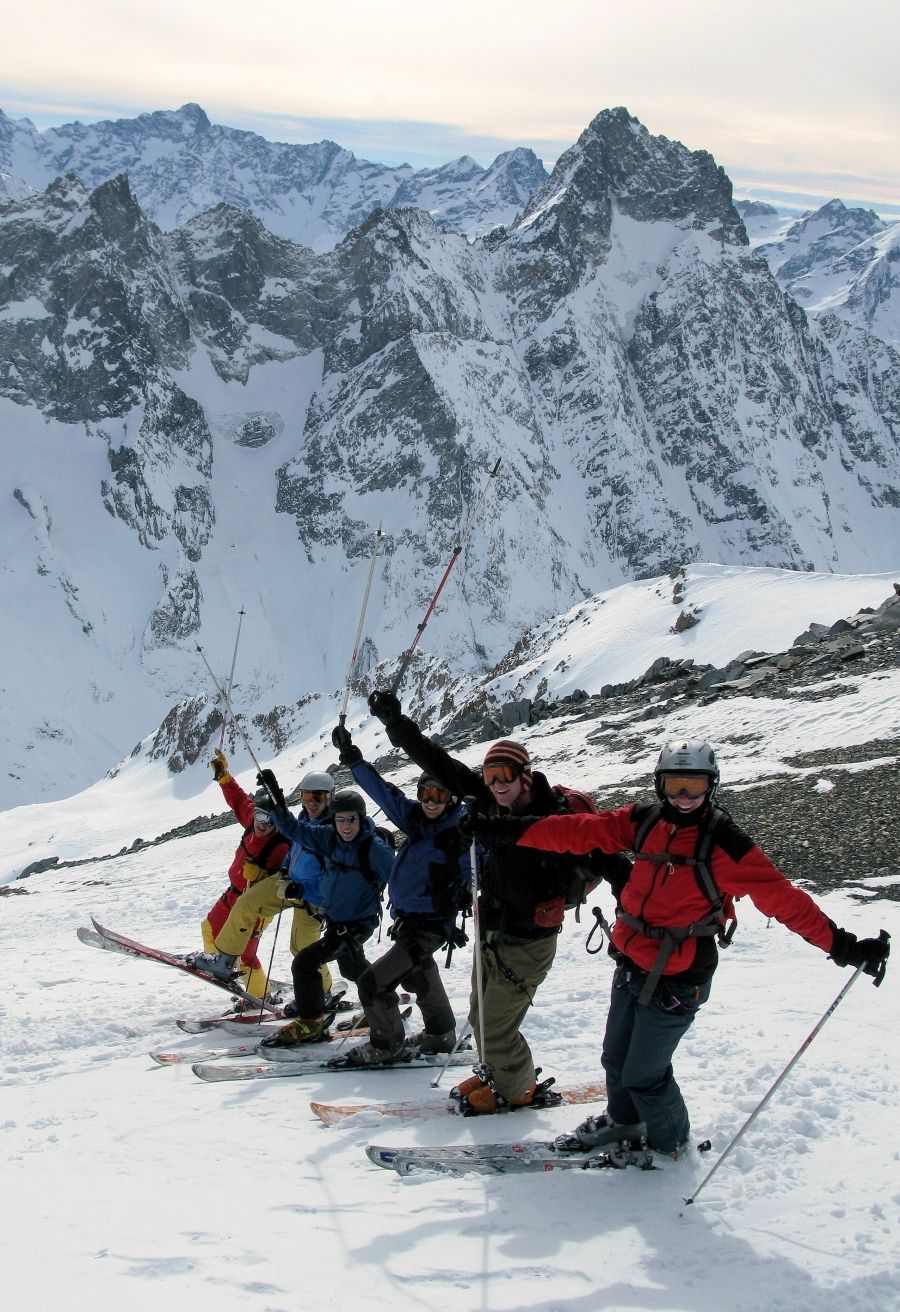Choosing your skis – Off-Piste and Touring Ski Review - Winter 2014/2015
It's that time of year when everyone is drooling over Facebook posts with five millimetres of snow on the Grand Montets. People then start splashing the cash on new gear.
My wife has already bent my ear about new skis and is sick of me saying “nowadays there is no such thing as a rubbish ski, just poor selection of skis by skiers”. Before I get shot down in flames, let’s analyze this statement further!
Modern skis are very good but because of this there are a myriad of ski models with markedly different characteristics. This is the key when choosing a ski. You wouldn't dream of driving sports car off road or getting the most out of a 4x4 round Brands Hatch, but some people expect one ski to cope with all terrain. Again using the car analogy, when I hire a car at the airport it takes me a week to get used to it. The first few days the engine gets thrashed, gears crunched and a few over zealous corner speeds end up with passengers reaching for the sick bags. Skis take at least a week or two to get used to, so testing them for a day won't give you the full picture. If you have done your homework then a day testing them is probably not necessary especially as rating a ski is very subjective and tricky enough even for professional skiers like me.
Doing your homework involves a fair amount of internet trawling, looking at key ski attributes like weight, length, width, flex, side cut, camber, construction, price and the most important for my wife - the colour!
We have 2 basic ski categories:
Freeride/All Mountain: These are skis built primarily for downhill performance in all conditions. They are still light enough for short hikes back up but it's mainly about the downs. Freeride and All Mountain skis tend to be heavier, wider and stiffer. This gives them greater stability at speeds or in poor snow conditions i.e. crust, crud, slush, ice.
Touring / Free Touring: These are designed to be a blend of weight and performance. Not super-light (these are strictly for the Lycra-clad race brigade) but not super floppy either. You can rack up the metres on the ascent, but still look forward to the downhill. The lighter the ski the more you'll get bounced around in the crud but will be whooping with joy on the uphill. So decide what you want the ski to do, bearing in mind that some skis sit in the middle of these two above groups and perform adequately on both fronts.
Ski Weight:
As a rule of thumb anything below 1700g per ski would fall into the touring category and anything above 1900g is a tad heavy for the uphill and ski touring. Having said this, I see plenty of people touring on very big fat heavy skis but you just need to be that much fitter. Anything that sits in between these weights is one of those 'does everything ok' skis.
Ski Length:
This is a factor of your height, weight and ski ability. I ski on 170cm -175cm ski am 60kg and 168cm and work on skis from December to May. There are pros and cons to both sides of the argument but essentially shorter skis turn easily but are less stable at speed. That’s why most pro skiers rip it up on 195cm skis even though many are hobbits like me! Go for a ski that is between nose and head height. Rugby players over six foot need to go long (185cm minimum). If you’re a lightweight like me you might get away with less than 170cm if you just want to cruise around and enjoy the turns. The ski width can also affect your choice of length, so the wider the ski underfoot the shorter you can go.
Ski Width:
The fatter the better! I wish it were that simple, but again there are a few pitfalls to avoid. With touring skis anything over 100mm underfoot becomes annoying in narrow skinning tracks, adds to the ski weight and remember you have a rather fat piece of skin stuck to your ski creating a lot drag on the uphills. I'm pretty old-school and tour on around 80mm underfoot, but most people go around the 90mm to 100mm mark. If you’re fit but not a great skier choose the wider end and conversely if your not that fit but ski like a Jedi go skinny!
Ski Flex:
This is how the ski engages in a turn when weighted. Lightweight people need a softer ski, rugby players need stiffer planks. Most female specific skis are just the same as the male ski but softer in flex. Stiff skis on a light person are hard work to turn needing aggressive style. The lighter the ski the softer the flex, that's why heavy tall people on touring skis end up with their weight all over the place.
Sidecut:
All skis have a width at the tip, tail and underfoot. The sidecut is a ratio of all these three; the wider the tip and tail the narrower underfoot the more aggressive sidecut and smaller turn radius.
This is what makes the ski turn or 'turn radius'. It's printed on most skis as a number:17m would be a ski that corners like a rally car, 25m would be one that corners like an oil tanker! If you want something that is easy to cruise around on, do nice turns, or your a Euro-mincer in the powder then go short radius! If you like gunning it in straight lines or skiing steeps then a larger radius is better. Big skis with a long turn radius in tight trees is torture, be warned! Nowadays rockered skis allow the turn radius to be pretty good even on big skis.
Camber:
This is how the ski is shaped in the vertical plain. All skis bend up in the middle, tip and tale if put on there base. A 'Traditional Camber' is one where the front and back of the skis don't rise up until near the ends of the ski. Nowadays lots of skis have a 'rockered' camber where the tip and tail rises soon after leaving the binding area. This allows a big ski to have a very short turn radius but lots of flotation in the powder. Rockered skis are now becoming the norm for freeride, but beware: I find them unnerving on steep ground as you loose quite a lot of running edge. If ski touring, skins tend to bounce off rockered skis and again you loose quite a bit of traction as the skin looses contact with the snow.
Construction:
Touring skis have lots of composite materials (carbon, foam, resins) in to make them light. Heavier freeride skis will also have some sort of wood core that adds to weight but allows a more progressive flex. Light skis have thinner base layers and edges so wont stand up to as much abuse as a heavy beefy freeride ski.
Price:
All manufacturers have skis in their range that are similar to the ski in a competitors range. Look for the ski attributes rather than the brand if you’re on a budget. If you’re not fussy about last years model or iffy graphics then loads of retailers sell off old stock cheap. Have a look on Ebay, but beware 1 careful owner (a rugby player ragging it around for 2 months in Chamonix) is not a good buy. If your small and light it easier as these skis don't get as much hammering. No matter how hard I ski I'm never going to stress the ski as much as a 100kg skier!
Colour and Graphics:
*** Blue bobble hat go for blue skis. Pink bobble hat go for pink skis. ***


Here are some ski recommendations from both camps so you get a rough idea of what to look for...
Freeride / All Mountain
K2 Shreditor 112 - The 112mm waisted Shreditor is a versatile fat all terrain freeride ski. It will be very good in soft conditions, with a bit more versatility in hard or mixed conditions than the fatter models. A great Freeride ski choice for someone who wants all terrain versatility with a slight bias towards soft snow performance.
K2 Shreditor 102 - The 102mm waisted Shreditor is a versatile all terrain Freeride ski. It will be very good in mixed conditions, with much more versatility and performance in hard or mixed conditions than the fatter models.
Volkl Gotama - If you want a soft snow focused freeride ski this should be on your shortlist. With a 107mm waist it will cruise down powder fields. It will offer pretty good versatility in mixed conditions, thought not so good as something like the Mantra in harder conditions. It's not a heavily built freeride ski so actually offers good flexibility for longer hikes.
Volkl Mantra - The Mantra has been a best seller for a few years now and has a great following. It's simply a great all mountain ski, that will perform well in all conditions. This season it's got a little wider and has a bit more rocker. It should ski soft conditions better without losing its all-terrain versatility.
Dynastar Cham 107 - The Cham 107mm is a stiff capable freeride ski. It's quite heavy and stiff so will be a great ski for charging down lines whatever the conditions, with a slight bias toward softer conditions. It's a ski for strong advanced/expert skiers. Weaker less experienced skiers won't get the most from this ski.
Dynastar Cham 97 – A narrower version of the above allowing better performance on hard packed terrain.
Movement Trust - A freeride ski that excels at higher speeds. This ski will suit advanced/expert freeride skiers who want to rip up all terrain at speed. The 108mm waist will give great float in soft conditions and it's not so fat that is looses all terrain versatility.
Movement Buzz - A really nice light freeride ski. A 99mm waist gives all terrain versatility and the lightweight construction makes it maneuverable and light enough for touring too.
Black Crows Atris – The ski to have this year - gets rave reviews and very popular with the 'Chamonix set' Will do most things very well despite the Marmite (love it/hate it!) graphics.


Black Crows Camox – Narrower and easier to ski than the Artis but maximum kudos on the slopes! Will handle most conditions apart from the deepest of powder.
Touring / Free Touring
Black Crows 'Freebird' Series – Camox Freebird, Orb Freebird and Ova Freebird. This range of touring skis are based on the same construction to lighten the skis. They are great all-rounders and perform well in all but the toughest off-piste conditions. All you have to do is choose how fat you want to go!
K2 'Back Series' – Again, they are all based on a similar light construction designed for ski touring. The Coomback 104 is at the wider end of the range and Wayback 88 and 96 are there mid-range offering. The 88 has become a hut-to-hut favorite in recent years, with enough downhill performance to be versatile all rounder. For European hut touring this is a great ski.

Dynastar Cham High is the lightened versions of their off-piste range. As with the freeride skis they come in a 107 and 97. For a pure light touring there 'Cham Alti' range is excellent.
Movement have the Response at 88mm underfoot - at 1300gm it’s pretty light, but still skis well.
Ski Trab still have the Evo Rapido and the Polvere. Both are great touring skis and handle most conditions really well.
Dynafit have become synonymous with pin bindings. Over the past few years they have established themselves as a leader in lighter touring skis. The Dynafit Manaslu and Baltoro are both excellent uphill tourers.
The list above is by no means exhaustive, but it gives you a flavour of what you might need - or completely baffle you with choices! Either way you'll enjoy the process of doing some research then totally ignoring it and going for something that has nice graphics and matches your ski boots!
Next week I'll be reviewing ski boots: another minefield with too many choices!
Olly
 Off-Piste
Off-Piste Ski Touring
Ski Touring Via Ferrata
Via Ferrata Ice Climbing
Ice Climbing Alpine Glacier Trekking
Alpine Glacier Trekking Worldwide Trekking
Worldwide Trekking









 Travel Website Development
Travel Website Development